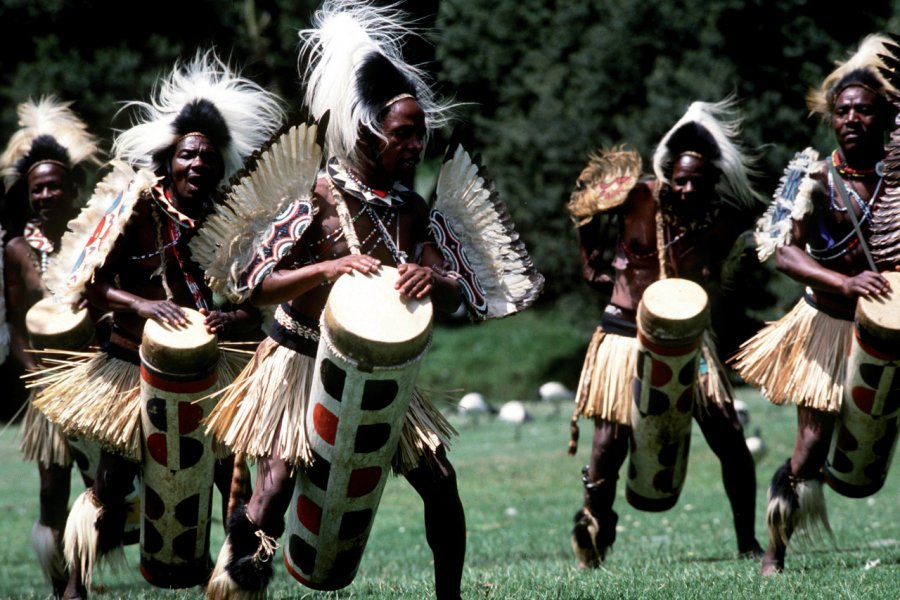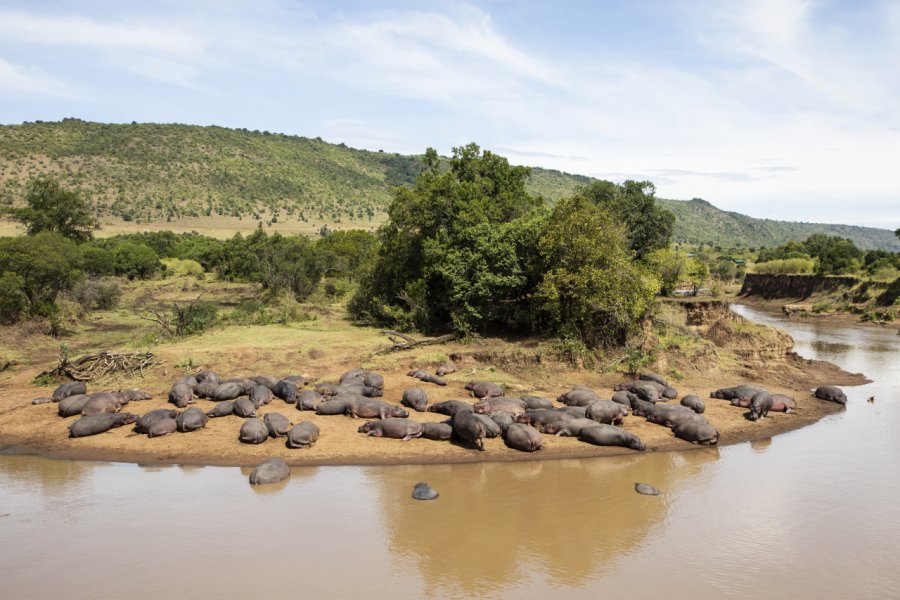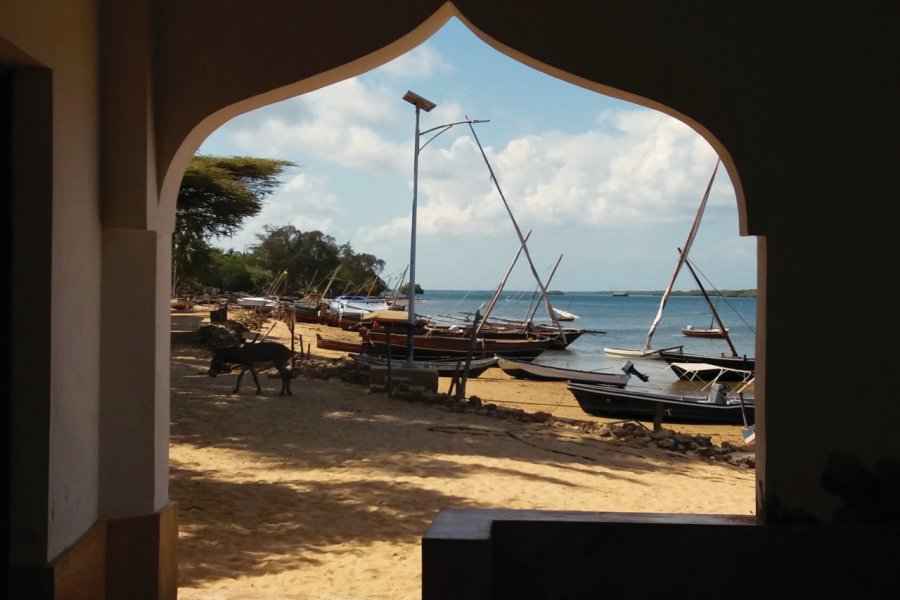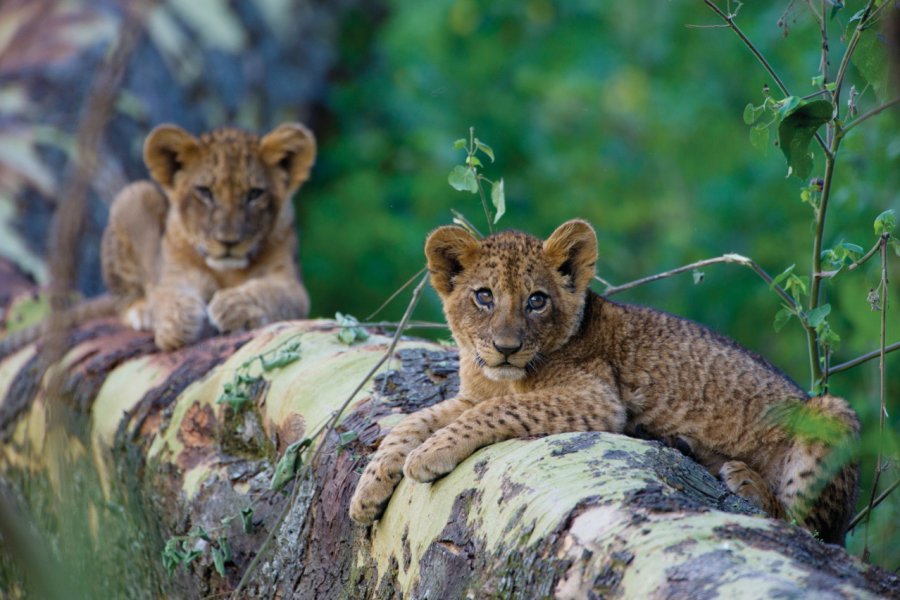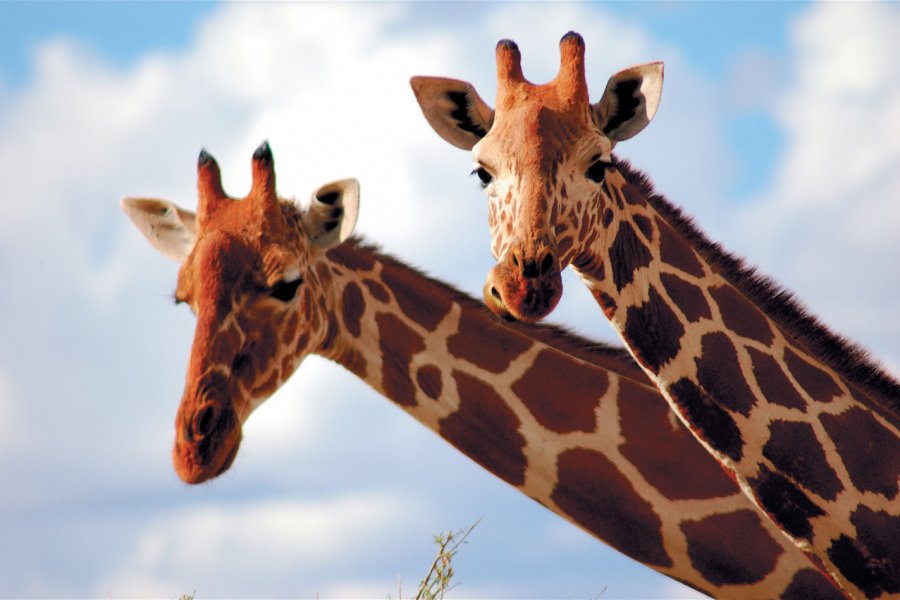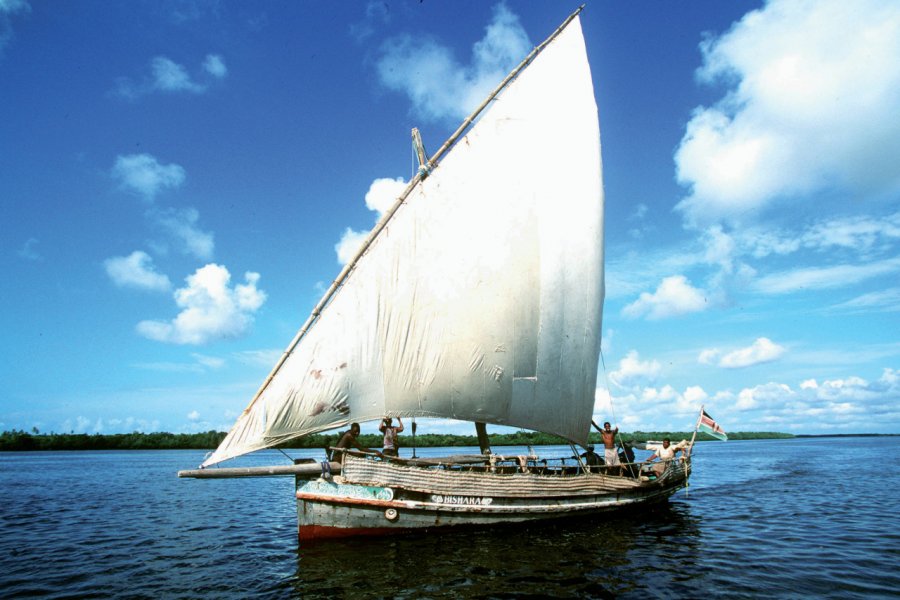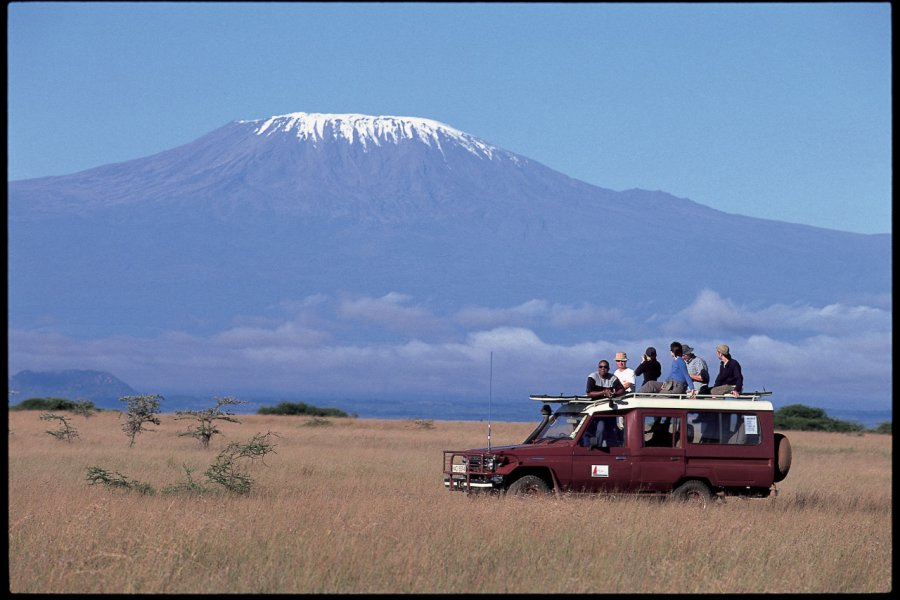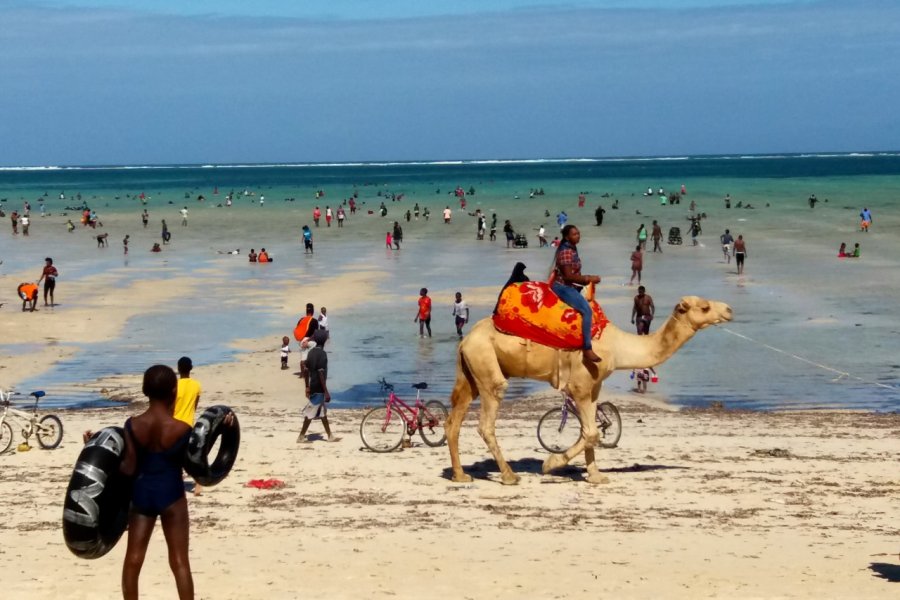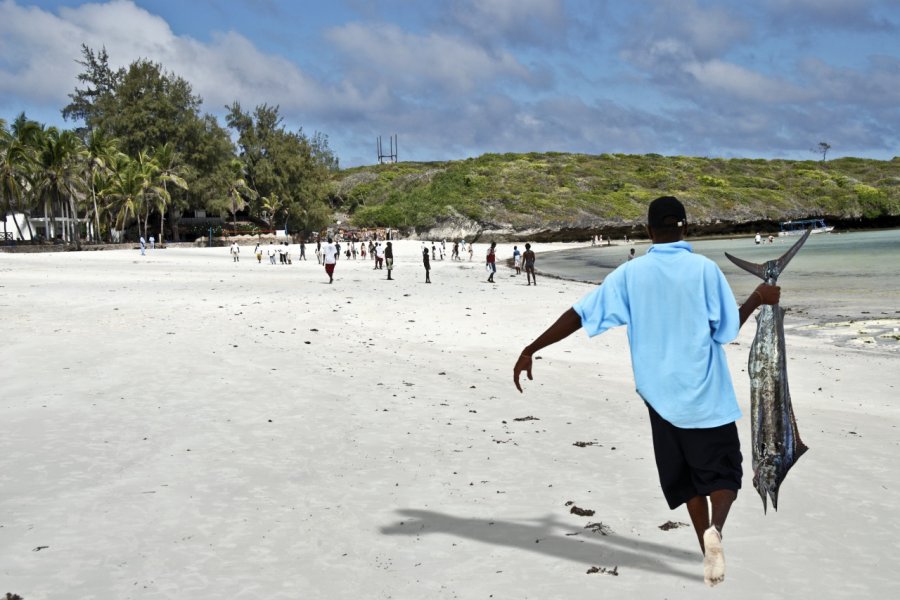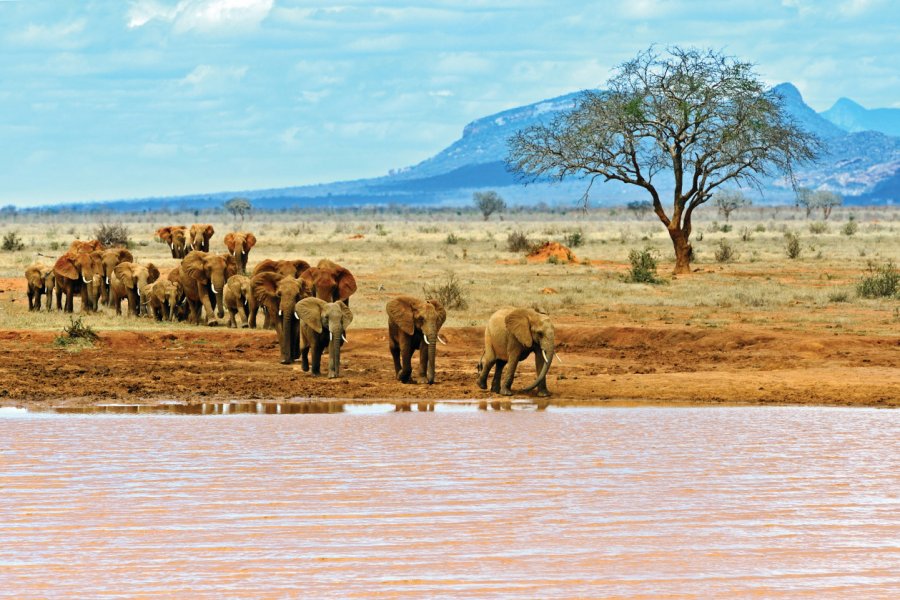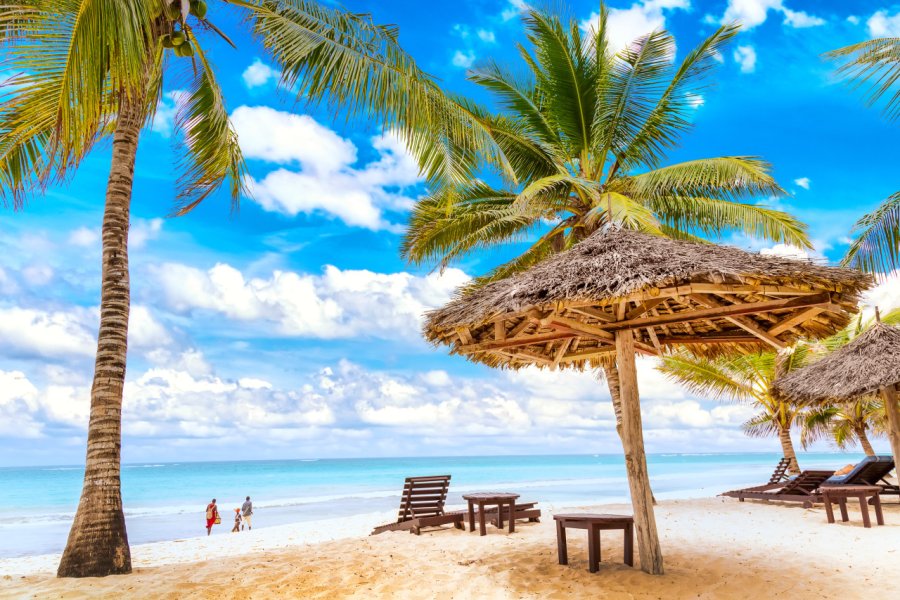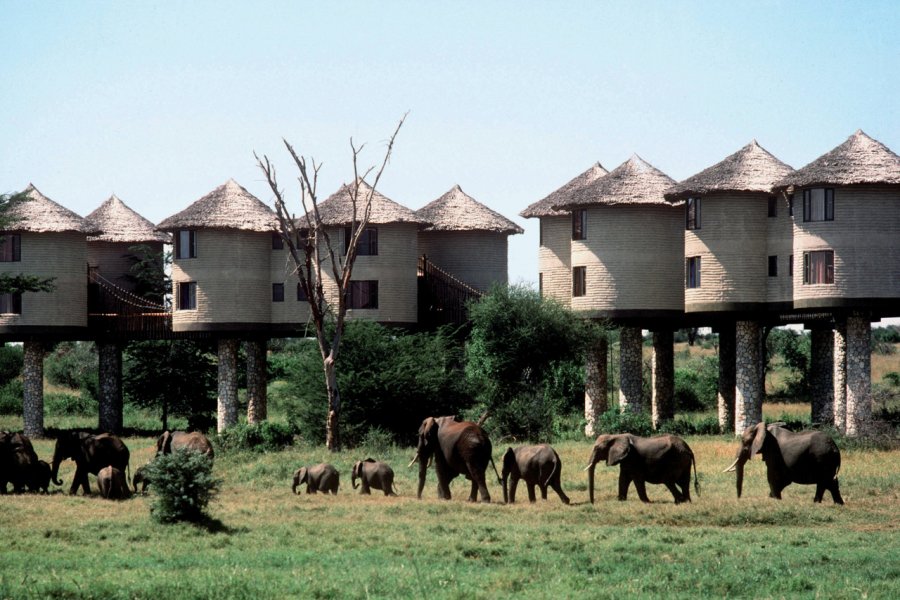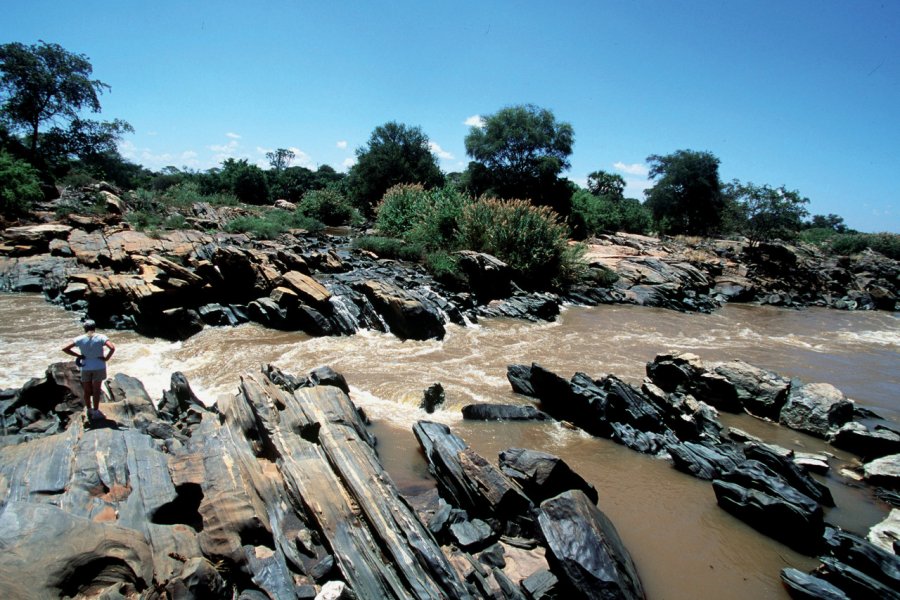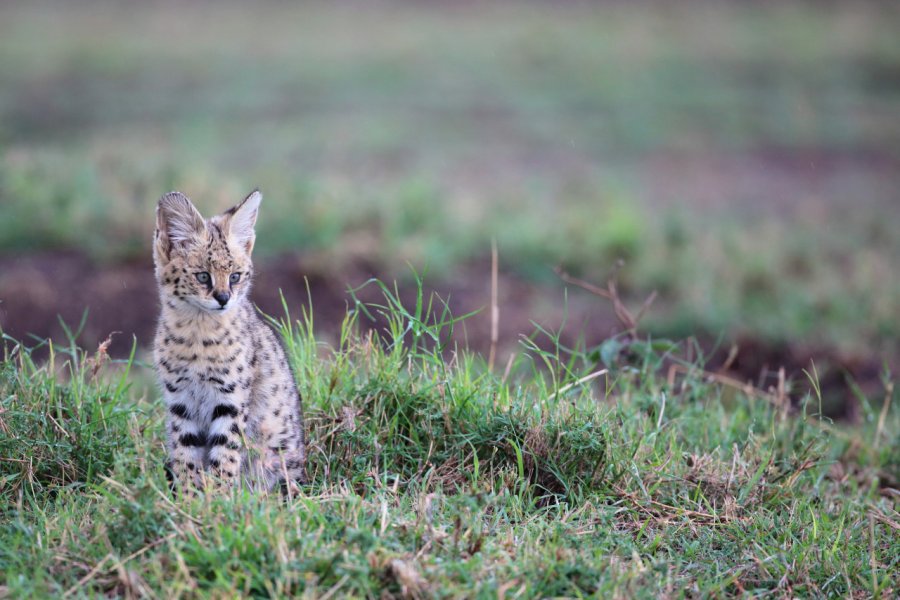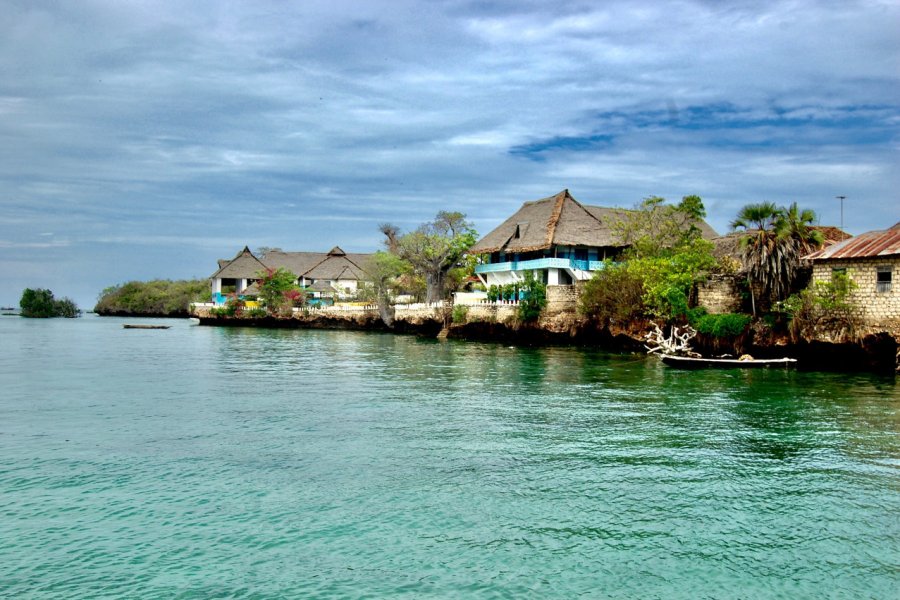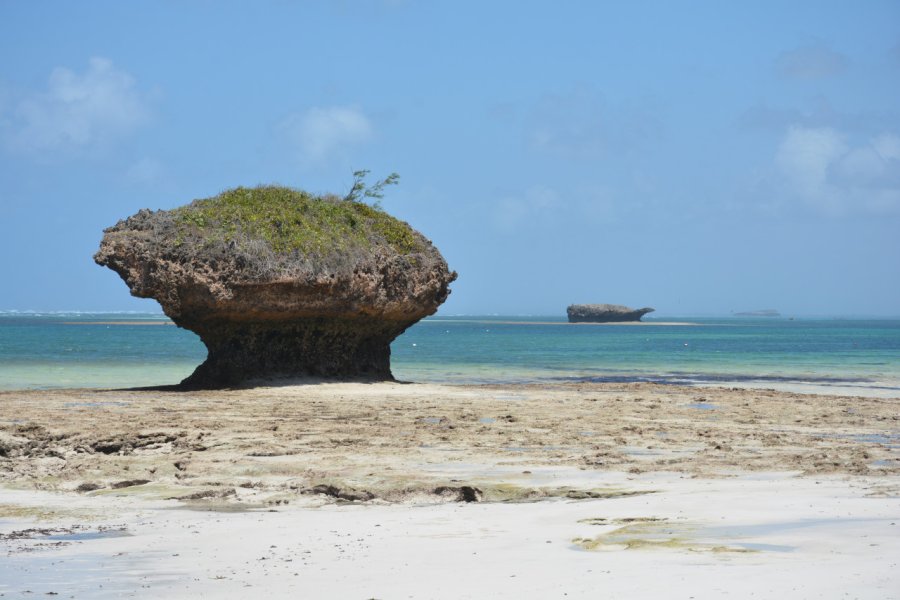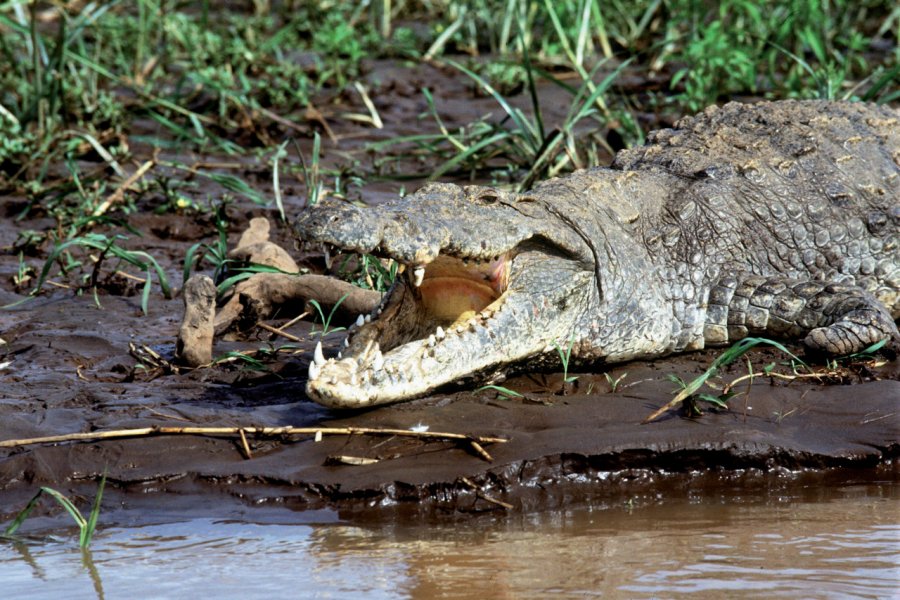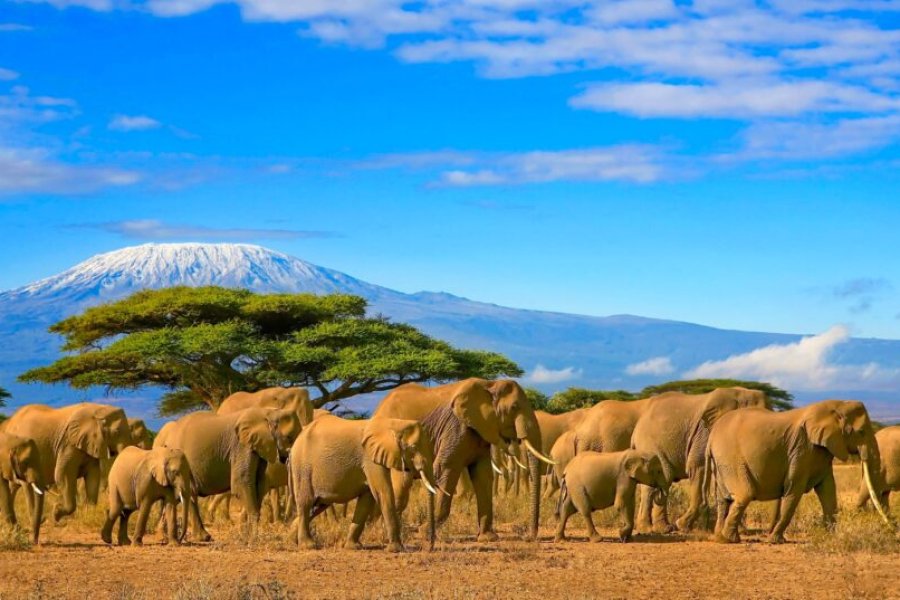Why go to Kenya? The 10 good reasons to go Kenya

Nairobi, the effervescent
Modern, cosmopolitan, dynamic, Nairobi is nicknamed "the city that never sleeps".

Exceptional safaris
Kenya is undoubtedly one of the best safari destinations in Africa.

Cultural diversity
The country is home to more than 40 ethnic groups, with very contrasting lifestyles and cultures.

Heavenly beaches
From north to south, Kenya has a sublime coastline bordered by the Indian Ocean.

A grandiose nature
Kenya offers just about the full range of landscapes expected in an African country.

Mount Kenya
Experienced hikers can climb Africa's second highest peak.

Abundant wildlife
The famous "Big Five" are easy to spot. Like many endemic species

Pleasant weather
Kenya is crossed by the equator. Constant temperatures, cooler at higher altitudes.

A rich cuisine
From coffee to ugali and samoussas, Kenya has something for every taste bud.

Quality infrastructures
Roads in good condition, quality hotels, independent travel is fairly easy.
What to visit Kenya?

Interview: My Kenya
By Sophie Rocherieux
After a childhood and adolescence between three continents, Sophie Rocherieux became passionate about writing and distant travels. She discovered East Africa in 1988, the great plains of the Serengeti and the Maasai Mara, and keeps an indelible memory of these wild immensities. She returned to Kenya in 2016, a country she is particularly fond of and never stops (re)discovering.
See the video of the interviewGood to know to visit Kenya
 Timetable
Timetable
Administrations. The offices are open from Monday to Friday, from 8am to 1pm and from 2pm to 5pm.
Banks. Branches are generally open from 8:30 a.m. to 4:00 p.m., Monday to Friday, without interruption, and on Saturday morning.
Shops. During the week, stores are open Monday through Friday from 8am to 1pm and from 2pm to 4pm. Some stores stay open later in the evening and on Saturday morning. Shopping centers (especially in Nairobi) are open every day until 9 or 10 pm, or even 11 pm.
 To be booked
To be booked
The most famous, such as the Maasai Mara Reserve and Amboseli National Park, welcome thousands of visitors every year. In high season (Christmas, January, February and July-August, especially in the Mara when the great migration attracts photographers from all over the world), you're sure to see dozens of minibuses loaded with tourists at close quarters! On the other hand, in more isolated or smaller parks (Samburu, Meru or Shaba), you can spend hours, even days, without encountering a single visitor. On the coast, the same applies in the high season, when Kenyans gather for the festive season and tourists, particularly Italians, flock here, and hotels are often fully booked. So it's best to plan several months in advance and budget accordingly.
 Budget & Tips
Budget & Tips
National park entry fees. Kenya's national parks are managed centrally by the Kenya Wildlife Service (KWS), and the rules are largely the same from one park to the next. For practical information, the KWS website (www.kws.go.ke) is very good. Each person must pay an entry fee for each park; each vehicle is also subject to a fee. The good news is that park entrance fees have been revised downwards, and are now capped at US$60 for adult foreign visitors (US$35 for non-resident children/students). For the Maasai Mara (which is not managed by KWS), you'll need to pay US$70/day/person if you stay inside the reserve. Since 2017, with some exceptions (Samburu, for example), parks and reserves no longer take cash; payment is made at entry points via Mpesa (Safaricom), Visa/Master Card or via direct deposit into KWS accounts in Kenyan shillings or US dollars. If you wish to camp in the park, you will also pay for your nights directly at the park entrance. Always keep your tickets with you, as checks are always possible.
Safari budget. Safaris are generally expensive, but there is a very wide range of prices. A typical week-long safari costs between €1,300 and €2,500 per person (prices do not include airfare). These prices vary according to the tour, the type of local transport and the quality of accommodation. Particularly if you're staying in a park or conservancy, you'll need to add park entrance fees to your accommodation, so the price can go up quickly! Some particularly luxurious or original safaris can cost considerably more. If you organize your own safari, your budget will obviously depend on the options you choose on site. Excluding the rental of a basic all-terrain vehicle (minimum €75 per day), you should expect to pay around €1,000 per person for a week's classic safari (based on two people traveling together). The longer the safari, and the more people on it, the cheaper it will be.
 Main events
Main events
One of the most spectacular natural events is the migration of certain species across the country, so it's a good idea to plan your trip around this time. In particular, wildebeest make a major migration (around 2 million individuals) between the Maasai Mara and the Serengeti plains in Tanzania, between July and September, or even October in one direction, and December-January in the other. These dates are approximate, depending on the year's climatic conditions. Other mammals migrate at the same time, residing in the Mara from July to December or thereabouts. Birds also migrate, with Lake Nakuru and Lake Baringo seeing the greatest numbers, including pink flamingos, between March and May.
 Guided tours
Guided tours
There's no need to theme a visit to Kenya around safaris in the national parks: these will be the main focus of most visits to the country. On the other hand, safaris can be themed; for example, a horseback safari, an option offered by some agencies. Of course, to make the most of your time in the parks and reserves, it is preferable, if not essential, to have a driver-guide. The latter are experienced, and sometimes even real trackers.
Another means of locomotion that gives a different insight into a country than the car: your legs! Admittedly, it's not always easy to get around Kenya on foot. With the exception of ascents of Mount Kenya and Mount Elgon, the vast majority of safaris are conducted in 4x4 vehicles, as much for reasons of distance as for safety (it is forbidden to travel on foot in game reserves). A number of trekking specialists do, however, manage to concoct this type of holiday; you can hike in the Aberdares range in the west of the country, and indeed, Mount Kenya can be a trekking holiday in itself. Seen from Europe, Kenya often appears as a vast game reserve. This often overshadows the perfection of the Swahili coast! Fine sandy beaches, palm trees and coral reefs, a well-developed infrastructure: there's something heavenly about the Kenyan coast. Lamu, Watamu, Diani and Kilifi are idyllic spots that will delight all beach lovers. Mombasa's Swahili civilization is also well represented, and there's plenty to keep you busy during your stay, with its many archaeological sites.
You can also orient your stay towards an authentic discovery of the local populations. Kenya's lifestyles and cultures are varied and highly contrasting, with over 40 ethnic groups living within its borders. While visiting Maasai villages is usually devoid of authenticity, exploring the Rift Valley, the Turkana or Samburu regions, with their varied ethnic groups and still traditional lifestyles, will complement a stay on the highly urbanized coast in Nairobi or in the prosperous agricultural regions of the central highlands or the west of the country.
 Smokers
Smokers
A tobacco law was proposed to Parliament in 2005 but never approved. Each city is therefore free to pass its own law. Smoking is now banned in public places (bus stations, restaurants, bars, etc.) in Nairobi, Nakuru and Mombasa. But the law is still unclear about where smoking is allowed, and some hotels still have smoking rooms. On the street, in theory, if a policeman catches you with a cigarette in your hand, you're liable to a fine of 2,000 Ksh (around €15). According to the Kenyan Ministry of Health, 12,000 Kenyans die every year from the consequences of smoking. A pack costs an average of 250 Ksh (about €2).
 What's very local
What's very local
What could be more local than strolling through Uhuru Park in downtown Nairobi, where Kenyans are accustomed to gathering for a picnic, playing music, or simply reading in the shade. Take advantage of the various markets offering all kinds of local crafts, from fabrics and leather goods to paintings and statuettes.
Also, when visiting Kenya, it's important to respect the culture and follow local customs and dress codes. Nothing forbids shorts and miniskirts, but it's a question of respect for the host population. Because of the heat and humidity, it's best to wear light cotton clothing. In Nairobi, as in most of the central regions, as well as in the Maasai Mara, evenings are cool, so bring a warm fleece jacket and a raincoat. For safaris, choose neutral colors (khaki, beige, gray or brown), natural materials and comfortable cuts.
